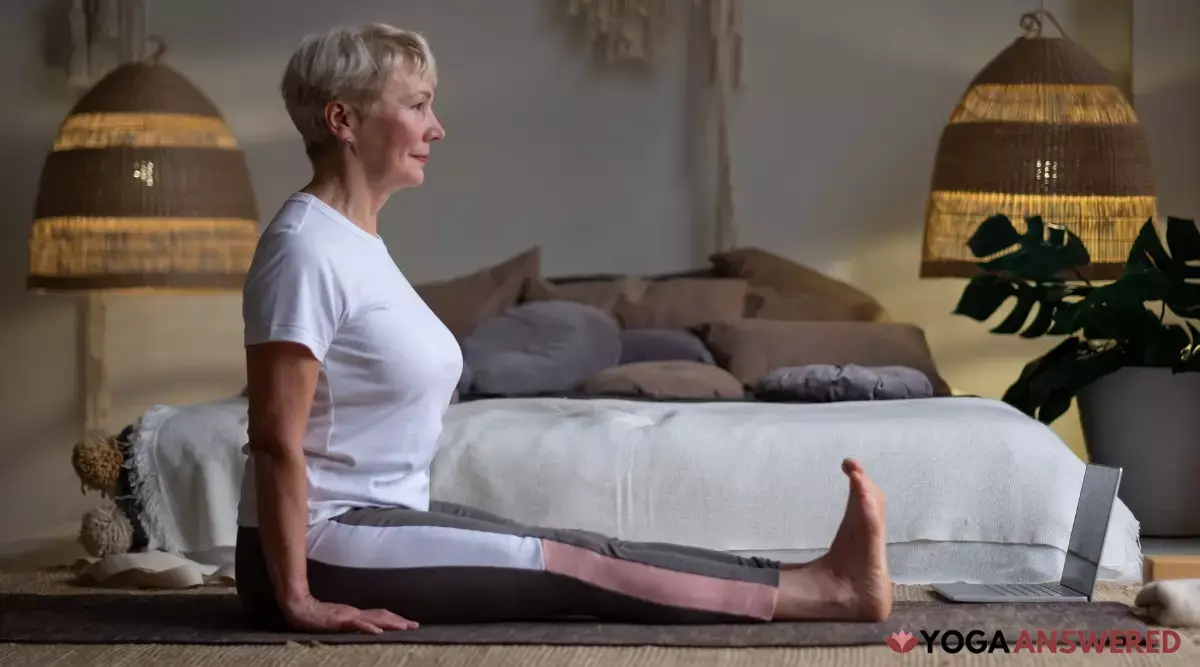If you’re new to yoga, you’ll want to build a strong foundation and better understand how the practice works.
Our beginner yoga poses below are designed to help you create that strong foundation and get you started on the right foot in your yoga journey.
Beginner Yoga Poses
Click on a pose to learn its benefits, how to perform it step-by-step (with a video breakdown), and tips for beginners.
Beginner Yoga Pose FAQs
What Are Some Basic Yoga Poses for Beginners?
Some basic yoga poses for beginners include Corpse Pose (Shavasana), Tadasana (Mountain Pose), Adho Mukha Svanasana (Downward Facing Dog), Balasana (Child’s Pose), Virabhadrasana I and II (Warrior I and II), and Utkatasana (Chair Pose).
With that said, the difficulty of yoga asanas can vary depending on an individual’s physical abilities, flexibility, and experience.
How Should I Breathe During Yoga Poses?
It is generally recommended to breathe through the nose and inhale and exhale deeply and slowly during yoga poses. Some poses may require specific breathing patterns, such as Ujjayi breathing, which involves constricting the back of the throat to create an ocean-like sound. Your yoga teacher will guide you through the proper breathing techniques.
How Do I Know if I’m Doing a Yoga Pose Correctly?
It is important to listen to your body and not push yourself too hard. The correct alignment of a pose may vary depending on your body structure and flexibility. A qualified yoga teacher can guide you on the proper alignment and modifications of poses.
Which Is the Hardest Yoga for Beginners?
The difficulty level of yoga poses can vary depending on an individual’s physical abilities, flexibility, and experience. Some more challenging poses for beginners include inversions such as headstand or handstand and arm balances such as crow pose.
Check out our library of advanced yoga poses if you want to increase the intensity.
How Many Times a Week Should a Beginner Do Yoga?
As a beginner, it is recommended to start practicing yoga once or twice a week and gradually increase the frequency as you become more comfortable with the poses. It’s also important to listen to your body, not push yourself too hard, and increase frequency slowly to avoid injury or discomfort.








































